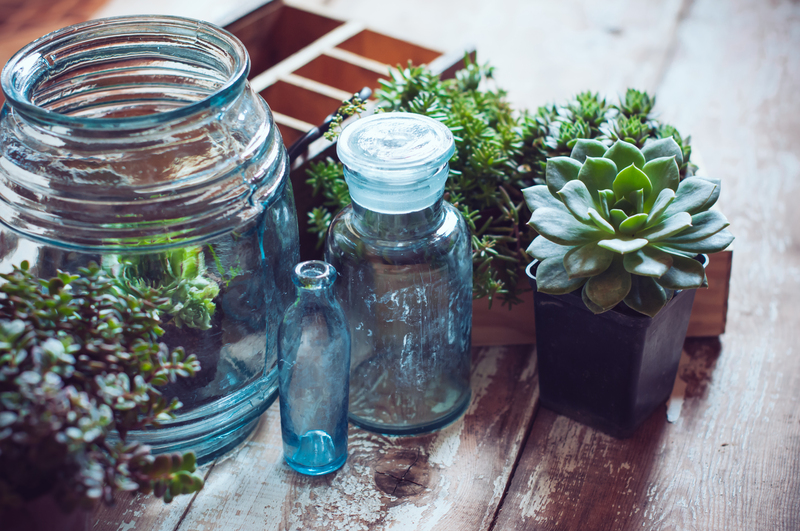Unpacking Plastics: Key Types to Skip for a Healthier Planet
Plastics have become an integral component of modern life, but their ubiquity often comes at a steep environmental cost. As consumers, we are constantly surrounded by a dizzying variety of plastic types. But which ones should we be most wary of? This comprehensive article will unpack the primary categories of plastics that are most harmful to both our health and the environment. We'll empower you with the knowledge to make smarter choices and highlight key types of plastics to skip in your daily life.

Understanding Plastics: A Quick Overview
Before diving into the specifics, it's essential to understand what plastics are and why they're so prevalent. Plastics are synthetic materials made from a wide range of organic polymers such as polyethylene, PVC, and nylon. Due to their versatility, durability, and low production cost, plastics appear in everything from packaging and clothing to electronics and cars.
- Convenience: Plastics are lightweight and moldable.
- Durability: They can last for decades--sometimes even centuries.
- Versatility: Their applications are almost limitless.
However, these same properties make plastic pollution a persistent issue. Many plastics take hundreds of years to decompose, clogging landfills and infiltrating natural ecosystems.
The Plastic Identification System: Decoding the Symbols
Ever noticed the small triangle with a number inside on the bottom of plastic containers? This symbol designates the type of resin used in that product, helping both consumers and recyclers. There are seven resin identification codes, each representing a different type of plastic:
- Polyethylene Terephthalate (PET or PETE)
- High-Density Polyethylene (HDPE)
- Polyvinyl Chloride (PVC)
- Low-Density Polyethylene (LDPE)
- Polypropylene (PP)
- Polystyrene (PS)
- Other (O), including polycarbonate and bioplastics
Although all plastics pose some level of environmental risk, certain types are far more detrimental than others. Let's delve into the key types of plastics to skip.
Key Types of Plastics to Skip
1. Polyvinyl Chloride (PVC) - #3
Why You Should Avoid It:
- Often contains harmful additives, like phthalates and heavy metals
- Releases toxic chemicals such as dioxins during manufacturing and disposal
- Difficult and rarely recycled
PVC is used to make plumbing pipes, window frames, credit cards, and some food wrap. Its production and incineration release highly hazardous chemicals that are linked to cancer, endocrine disruption, and reproductive harm. As a result, experts consistently cite PVC as one of the most problematic plastics in existence.
Eco-friendly alternatives: Opt for glass, aluminum, or silicone products instead of PVC-based goods.
2. Polystyrene (PS) - #6
Why You Should Avoid It:
- Often used once and discarded--rarely recycled
- Can leach styrene--a suspected carcinogen--when heated
- Extremely fragile; breaks into tiny, persistent microplastics
Polystyrene is commonly found in disposable coffee cups, take-out containers, packing peanuts, and plastic cutlery. Not only is it difficult to recycle, but it also tends to break up into tiny microplastics that contaminate waterways and food chains.
Skip polystyrene whenever possible. Instead, choose compostable or reusable options for food service and to-go orders.
3. Other Plastics (Polycarbonate, BPA, etc.) - #7
Why You Should Avoid It:
- #7 plastics are a catch-all category, may contain BPA (bisphenol A)
- Linked to hormone disruption and developmental issues
- Usually not recyclable through curbside programs
#7 plastics are used in baby bottles, large water jugs, DVDs, and dental sealants. Many contain polycarbonate or BPA, both of which are known for leaching chemicals that mimic estrogen in the human body. Even "BPA-free" plastics under this category may contain other similarly harmful substitutes.
To minimize your exposure, swap out these items for glass, stainless steel, or certified BPA-free alternatives.
4. Low-Density Polyethylene (LDPE) - #4 (When Used for Single-Use Items)
Why You Should Avoid It:
- Most commonly used in plastic shopping bags, bread bags, and packaging film
- Typically used once--leading to rampant litter and pollution
- Rarely accepted by curbside recycling programs
Although LDPE is considered less toxic than PVC or polystyrene, its frequent use in single-use packaging creates massive, ongoing waste. Plastic bags are notorious for clogging drains and harming marine life that ingest or become entangled in them.
For truly sustainable living, skip single-use LDPE bags and wraps. Use cloth bags, glass containers, or beeswax wrap for food storage instead.
Other Problematic Items to Avoid
While focusing on the worst offenders is essential, it's also wise to be cautious around items containing plastic in unexpected places:
- Disposable utensils and straws: Often too lightweight to be processed by recycling facilities
- Multi-layer packaging (snack bags, juice pouches): Frequently made of several types of plastic, making them unrecyclable
- Personal care items: Microbeads in exfoliants and toothpaste are tiny plastics that pass through wastewater treatment plants
Why Skipping These Plastics Matters
Skipping harmful plastics is more than just an individual lifestyle choice. It creates a ripple effect throughout society and the environment. Here's why your choices matter:
- Protects your health: Reducing exposure to hormone-disrupting chemicals and carcinogens
- Reduces pollution: Less non-recyclable plastic in landfills and oceans
- Supports a circular economy: Encourages demand for safe, recyclable, and biodegradable alternatives
- Signals manufacturers: Drives change in packaging and production practices
Tips to Avoid Harmful Types of Plastic
1. Read Labels and Symbols
Get familiar with plastic resin codes and avoid products marked with #3 (PVC), #6 (PS), and #7 (Other). Seek out alternatives with #1 (PET) or #2 (HDPE), which are more widely recycled--but still try to minimize all single-use plastics where possible.
2. Bring Your Own
- Use reusable bags, bottles, and cups whenever possible
- Purchase products in bulk to reduce packaging waste
3. Opt for Packaging-Free or Sustainable Alternatives
- Buy unpackaged produce or products sealed in cardboard, metal, or glass
- Consider compostable or biodegradable packaging
4. Spread the Word
Advocacy can accelerate change. Share what you learn about dangerous types of plastics and encourage friends and family to make environmentally conscious choices. Support policies that reduce single-use plastics in your community.
Alternatives to the Worst Plastics
Stainless Steel and Glass
Both materials are durable, non-reactive, and infinitely recyclable without quality loss. They're perfect for food storage, water bottles, and meal prep containers.
Silicone
Silicone is flexible, heat-resistant, and safe for cooking. Use silicone lids, baking mats, and food bags as long-lasting, reusable alternatives to plastic wrap and single-use storage.
Natural Fibers
Choose bags, napkins, and food wraps made from cotton, hemp, or beeswax for truly sustainable options. They are compostable and support a zero-waste lifestyle.
Common Myths About Plastics
- Myth 1: All plastics are recyclable. Reality: Most plastics are not widely recycled, especially multi-layered and colored plastics.
- Myth 2: Biodegradable plastic is always better. Reality: Many "biodegradable" plastics require industrial composting and won't break down in landfills or oceans.
- Myth 3: It's okay as long as it's labeled "BPA-free." Reality: BPA substitutes like BPS and BPF can be just as harmful.

The Future of Plastics: Toward a Cleaner, Safer Tomorrow
Reducing our reliance on the most harmful plastics isn't just a trend--it's a necessity. Innovations in plastic alternatives and recycling technology continue to emerge, but the fastest way to make a positive impact is by being informed and making proactive choices every day.
Governments, businesses, and individuals all have a role to play. Policies banning single-use plastics and investments in sustainable materials are important steps, but consumer demand for alternatives is what truly drives change.
Conclusion: Your Role in Skipping Problematic Plastics
By skipping PVC, polystyrene, #7 plastics, and single-use LDPE, each of us can dramatically shrink our plastic footprint. Look for alternatives, advocate for smarter policies, and educate others. Every effort counts in the fight for a cleaner, safer planet for generations to come.
- Stay informed: Know your plastics and avoid the worst offenders.
- Embrace alternatives: Choose reusable, recyclable, or compostable options.
- Lead by example: Inspire change in your community and beyond.
Together, let's unpack our relationship with plastics and skip the types that threaten our health and the environment.